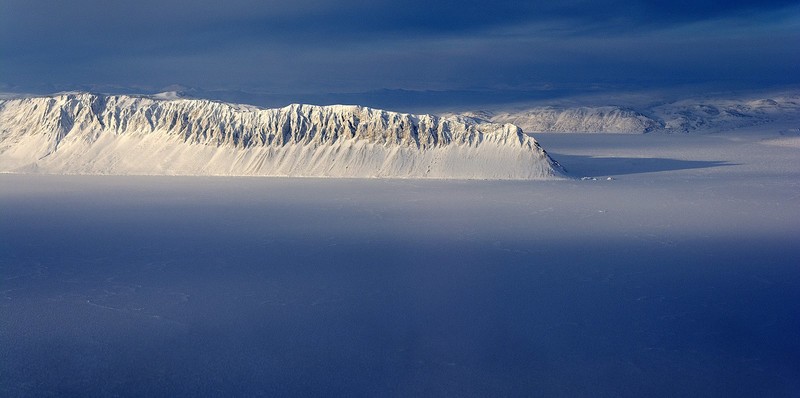Canada is ill-equipped to detect ships in its Arctic waters, and the country’s Auditor-General is pointing fingers at the federal government for not doing enough to address the problem.
Driving the news: According to a new report, arctic infrastructure is outdated—plagued with aging surveillance systems, incomplete marine traffic data, and procurement issues.
Why it’s happening: For decades, NATO nations, including Canada, had priorities bigger than some frozen region up north, which gave Russia a head start to level up its capabilities.
- Canada’s now playing catch up. While its new arctic military base is scheduled to open in 2023, the report found it will only be able to operate one month of the year.
- Aging surveillance satellites and icebreaking ships are also set to be replaced, but current timelines suggest that new machinery being built won’t be ready in time.
Why it matters: As melting glaciers make our Northern backyard more accessible, countries will come looking to take control of emerging trade routes and accrue military advantages.
- Between 1990 and 2019, voyages in Canada’s Arctic waters more than tripled, with vessels from foreign countries making up a large chunk of that increase.
Not knowing whose floating around in the region could pose a threat to economic and national security. “Canada’s decisions about surveillance of Arctic waters today may have long-term effects on our sovereignty,” the report reads, “...action is needed to close gaps.
